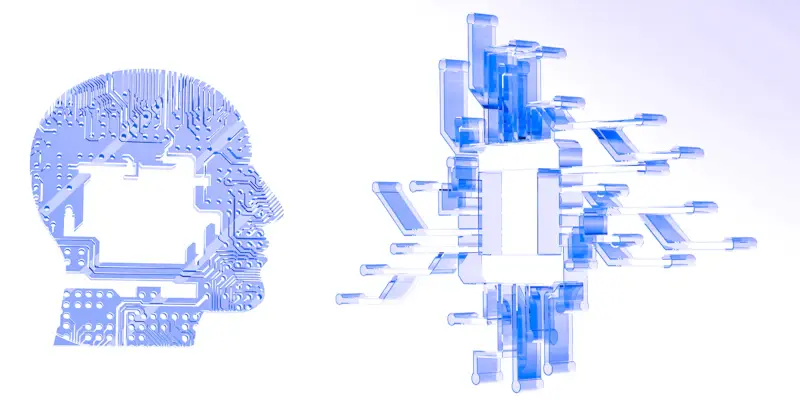OpenAI recently revealed its latest breakthrough in reasoning models with the introduction of the o3-mini, which has been lauded as the organization’s “most cost-efficient model” in its reasoning series. Emphasizing exceptional performance in science, math, and coding, the o3-mini is rigorously optimized for STEM reasoning, making it a faster alternative to its predecessor, the o1-mini. During A/B testing, the o3-mini exhibited a noteworthy 24% speed improvement over the o1-mini, registering an impressive response time of 7.7 seconds in contrast to the o1-mini’s 10.16 seconds. This significant enhancement not only underscores the o3-mini’s capability but also highlights OpenAI’s commitment to innovation in the field of artificial intelligence.
The o3-mini stands out as OpenAI’s premier small reasoning model, enriched with highly anticipated features sought by developers. These include function calling, developer messages, and structured outputs, all integral components for advanced development tasks. It is designed to support streaming, and users can choose from three distinct levels of reasoning efforts—low, medium, and high. This flexibility ensures that users can tailor their experience according to their specific needs. Furthermore, the o3-mini integrates seamlessly with search functions, offering up-to-date answers along with corresponding web source links, enhancing the model’s utility and reliability.
Available for ChatGPT Plus, Team, and Pro subscribers, the o3-mini replaces the o1-mini in the model picker, signaling a shift towards more advanced and efficient reasoning models. Pro users enjoy the added benefit of unlimited access to both o3-mini and o3-mini-high, while Plus and Team users can send up to 150 messages per day, a substantial increase from the previous 50-message limit associated with the o1-mini. This expanded messaging capacity enables users to engage more deeply with the model, facilitating more comprehensive and robust interactions.
In a groundbreaking move, the o3-mini is also accessible to free users of ChatGPT by selecting “Reason” in the message composer or by regenerating a response. Additionally, it has been integrated into Microsoft’s Azure OpenAI Service, broadening its applicability and reach. This launch represents a significant milestone in OpenAI’s mission to provide cost-effective and efficient model options specifically tailored for technical domains. Users can now harness the power of o3-mini to achieve quicker and more precise results, making strides in various STEM-related projects and endeavors.
The release of the o3-mini marked a monumental step in the advancement of reasoning models, positioning OpenAI at the forefront of AI innovation. With its enhanced speed, cost-efficiency, and user-friendly features, the o3-mini set a new standard in the realm of artificial intelligence. OpenAI aimed to further refine and expand the capabilities of AI reasoning models, ensuring that cutting-edge technology remained accessible to a broad spectrum of users.

